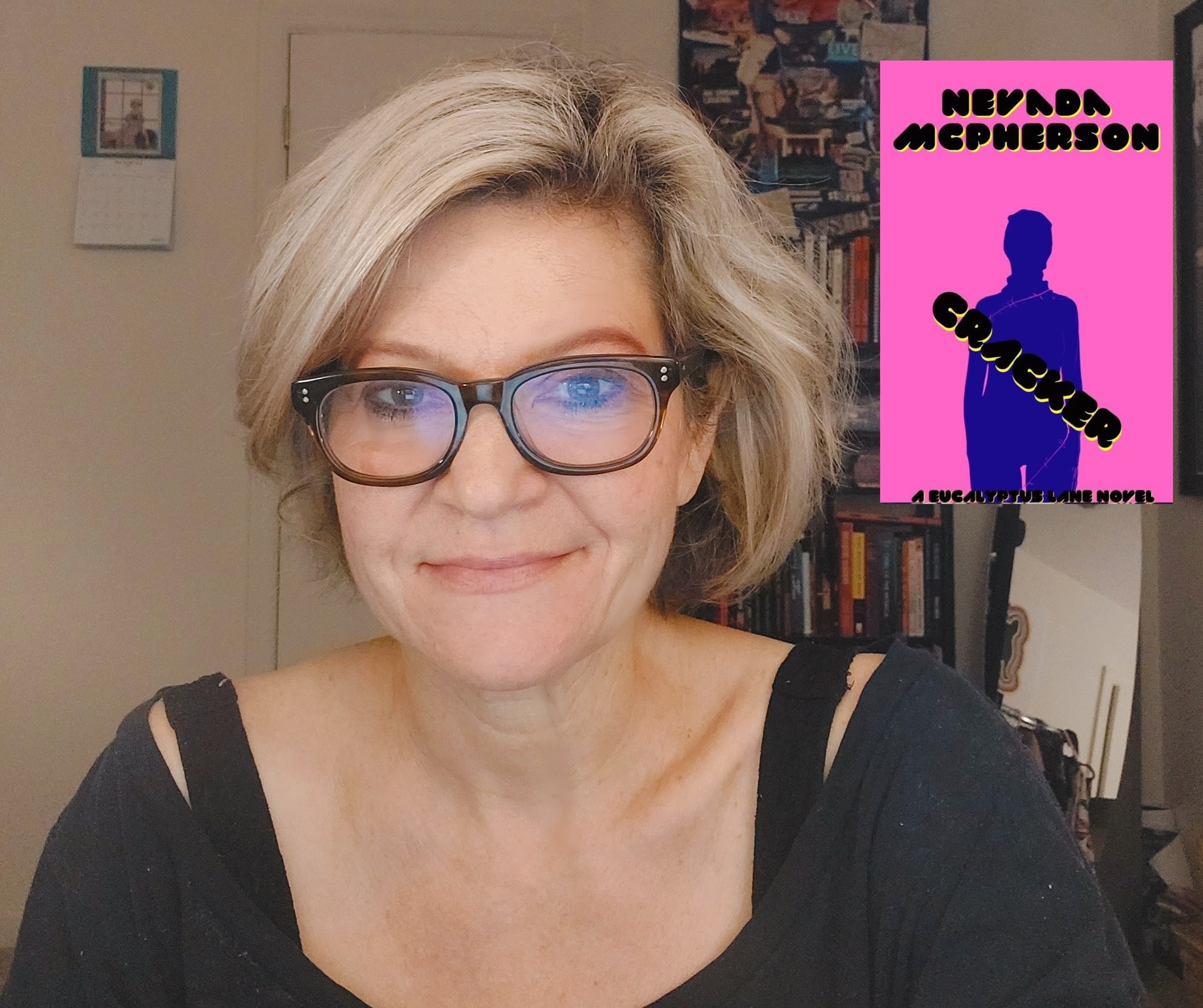This week in a change of pace, I’m in downtown Milledgeville sharing a couple of my favorite stops for evening walks: Cline House, former home of Flannery O’Connor, and Memory Hill Cemetery.
While there’s much in Milledgeville that’s new, evidenced by the influx of Georgia College and Georgia Military College students from all over the country and the world, the past is ever present in the architecture, historical artifacts and the history of the place itself. It was here at the old State House (renovated and still in use at GMC as a classroom building and administrative offices; I’ve taught several English classes there) that after a night of contentious debate, Georgia voted to secede from the Union. Everywhere at Memory Hill Cemetery are graves of the Confederate dead, along with veterans of the American Revolution and their family members. There are also the graves of patients of Central State Hospital (once known as the Georgia Lunatic Asylum built in 1845), and of former slaves.
Often when I talk to people from other parts of Georgia, they speak of Milledgeville as if it’s an off-the-beaten path part of the state that they’ve never been to, and don’t know much about. There’s a lot that’s new here, as old houses are renovated and repurposed into college offices, and sorority and fraternity houses. Still, something odd about walking past white-columned mansions at sunset, glowing within from strings of bright blue, red or yellow LED lights hanging from the ceiling, with hammocks on the porch, and the occassional painted party cooler or card table on the roof.
As Milledgeville continues being constantly updated to accommodate more new students each year (it is a college town now, after all), places like Cline House and Memory Hill retain the Southern Gothic aesthetic that conjures up the mood of Southern noir, and the spectacular sunsets that inspired O’Connor herself continue to dazzle, accompanied by the sound of evening chimes from the steeple of the Catholic church where she attended morning Mass.
Whether a wrinkle on the map, or in time, O’Connor country still occupies a place in central Georgia and the imagination, populated by Misfits, discontented Ph.D’s, “freaks,” and everyone in between. O’Connor famously declared that the south claimed to be “Christ-centered” but was actually “Christ-haunted.” Just another characteristic of Southern noir that deepens its mystery, and to this day, influences life in the deep south, socially and politically.
Click here to see the video on Cline House, and here to see a bit of Memory Hill.







